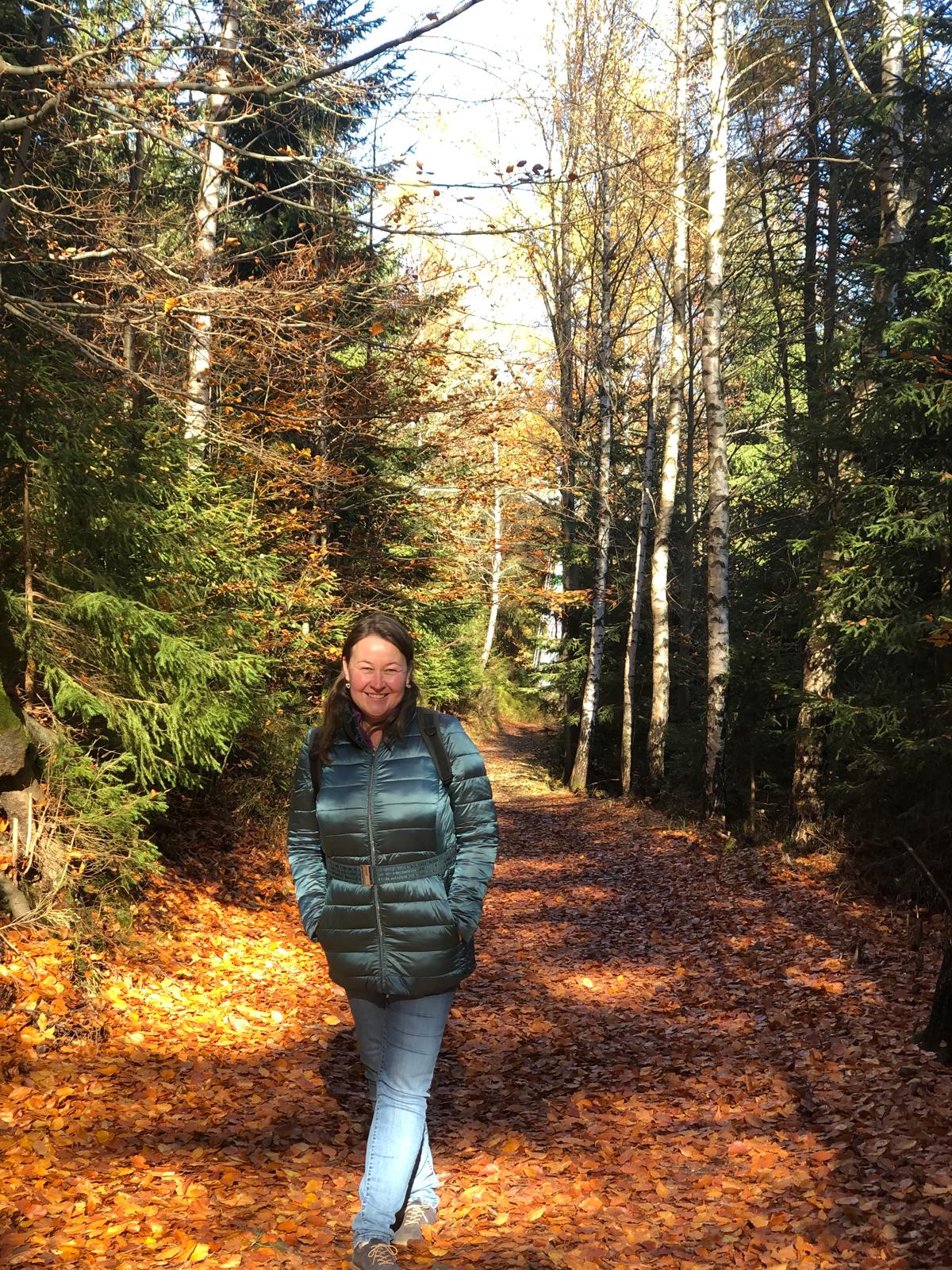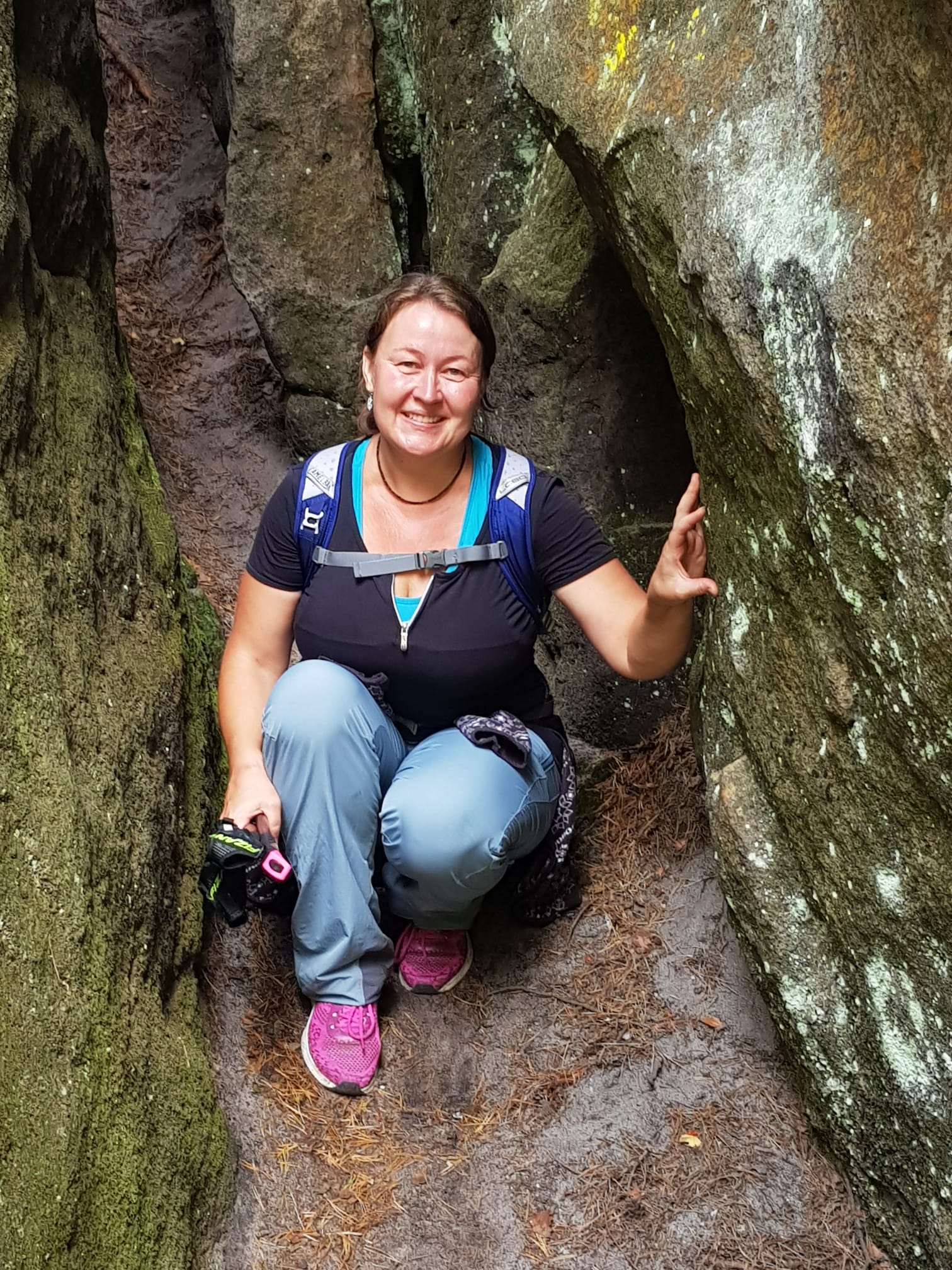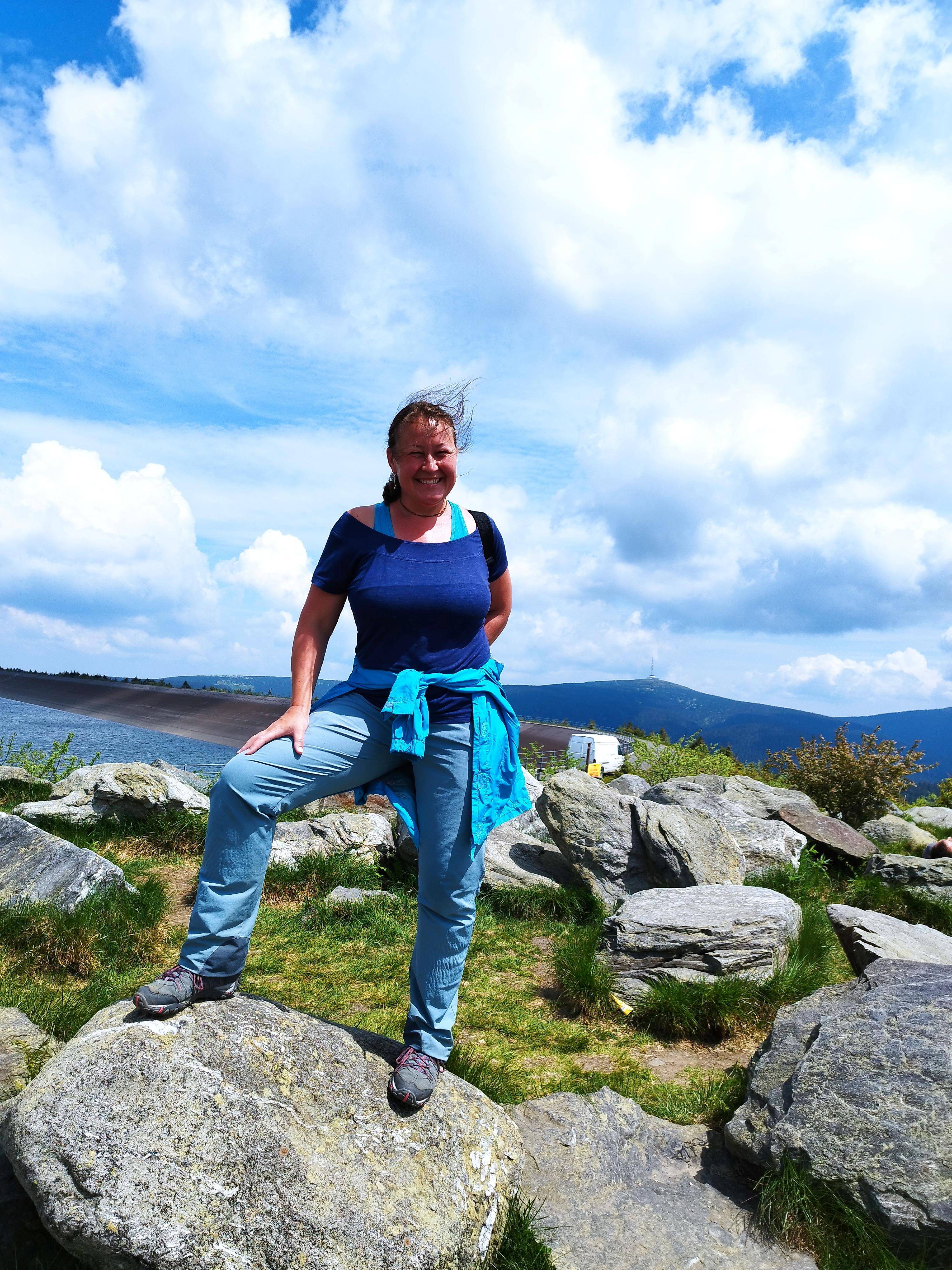Klára Kovaříková is originally from Ostrava and has dedicated her personal and professional life to physical movement and aesthetic sports. She studied physical education and French language teaching at the Faculty of Physical Education and Sport (FTVS), where she also earned a PhD in kinanthropology. Since 2013, she has been part of the Department of Physical Education and Sport at the Faculty of Science, where she has earned the respect of students and colleagues thanks to her energy, approachable nature, and professional expertise.

You've received the SCAS award, the Student Velemlok award for non-departmental subjects. Is student satisfaction and feedback on your teaching important to you?
I was very pleased to receive this award, and student satisfaction is the most rewarding feedback a teacher can get. When you see that students enjoy your classes and leave feeling good, it warms your heart and reassures you that everything is on the right track. However, I find direct communication with students to be the most important aspect.
You teach a wide range of courses within the Department of Physical Education. Can you give us an overview of where students can encounter you during their studies?
I'm the coordinator for PE I, which means I'm responsible for communicating with first-year students. They meet me already at the introductory training session, where I clearly explain how the PE program at our faculty works.
All staff members of the department participate in teaching PE I so that students can get to know everyone during their first year. In PE II and elective PE courses, each teacher offers their own sports, and students can choose according to their preferences. Within the mandatory PE I, I teach conditioning classes, mostly with music. In PE II, I lead classes in strength training, conditioning, step choreography, and gymnastics.
You've long focused on dance, aerobics, and gymnastics. Why these sports in particular? What do you find most appealing and enjoyable about them?
I’ve been involved in aesthetic sports since childhood, especially ballet and dance, followed by many years of aerobics. These sports require strong coordination skills. For me personally, music is a major source of motivation—there’s something powerful about movement synchronized with music. I believe ballet is the best foundation for all aesthetic sports, whether dance or gymnastics. However, I realize these movement styles can be challenging for many people in terms of coordination, whereas aerobic activities with music are more accessible. Anyone who enjoys both music and movement will likely find joy in these forms of exercise.

Before joining the Faculty of Science, you worked as an aerobics instructor, flew as a flight attendant with Czech Airlines, taught PE didactics, and even wrote three books. Why did you eventually choose to work with university students, and what did all these experiences bring you?
Both of my parents were university teachers, so when I got the offer to work at the Department of Physical Education at the Faculty of Science, I didn’t hesitate and gladly accepted. Back in 2013, I didn’t expect to stay this long—or enjoy it this much. I thought it would be just another short-term experience. But I’m very happy here, and I truly enjoy working with university students.
I spent six wonderful years at Czech Airlines. It was physically demanding (lack of sleep, time zone changes, disrupted biorhythms), but full of enriching experiences. That job required discipline and a high level of tolerance. I learned a lot—conflict resolution on flights, encountering cultural differences, and so on. For the last three years there, I was flying and teaching simultaneously, which helped me avoid burnout. I was always excited for both the classroom and the aircraft. I believe it’s crucial to enjoy what you do—whatever it may be.
What do you enjoy most about teaching physical education at a university?
At the university, you work with young adults who are intelligent and independent. Unlike in primary school, you don't need to struggle for their attention or discipline. At this level, it’s up to you to engage the students and offer them something worthwhile. Everyone has different preferences and responds to different teaching styles and sports—but students usually find their match.
In the mandatory PE I, the goal is to encourage a positive relationship with movement. The term "mandatory PE" itself suggests that not everyone is thrilled about being required to do sports while studying a completely different field. But physical activity is essential for health and fitness, so we all try our best to make the classes enjoyable and help students build a positive association with sport.
The most rewarding moments for me come during step and gymnastics classes, where I can really sense that students want to move—whether it’s dancing to music or flipping through the air. I truly appreciate the great atmosphere and time spent together in those classes.
In recent years—especially since COVID—there’s been talk about how people, especially young people, are less active. Have you noticed a similar trend among university students? Are fewer students signing up for elective PE classes? Do you see a decline in physical fitness?
I wouldn’t say there’s less interest in elective PE since COVID. On the contrary, students are generally excited about the wide range of sports we offer in PE II and electives, and they take full advantage of the opportunities. However, it’s true that fitness levels and general physical skills are worse among today’s young people compared to earlier generations. That’s why any form of movement is so important.
We’re all different—we have different energies and preferences. It doesn’t matter what sport you do. Some people enjoy running, others prefer strength training, yoga, or other activities. You don’t even have to call it “sport”—just movement in general, like walking or manual work, is very important. For students who can’t take regular PE due to health reasons, we offer adapted physical education, where they often discover how beneficial and healing movement can be.
Finally, what advice would you give to students at the Faculty of Science when it comes to physical activity—especially those who are finishing theses or immersed in experiments and don’t have much time or energy to spare?
Everyone who enjoys sports already knows the benefits—good fitness, a sense of joy, mental well-being. So my message is more for those who have to push themselves to get moving. I loved a quote from a doctor who said, “Everyone should go for a walk with a dog—even those who don’t have one.” You don’t need to spend hours in the gym, but it’s a great idea to build daily habits—morning stretches, choosing to walk instead of taking the elevator, climbing stairs, and spending time in nature whenever possible. But I probably don’t need to tell natural scientists that.
When we’re pressed for time—like when finishing a thesis—we often make excuses and skip physical activity. But that’s exactly when it can help the most. A short jog or walk gets your blood flowing, wakes up your body, and clears your mind. It helps you focus and work more effectively. After long hours at a computer, your body needs to stretch, your back needs realignment, your muscles need relief. Without movement, our bodies deteriorate quickly.
What brings me the greatest joy is seeing students who used to be skeptical of PE and sports discover a love for movement and start seeking it out on their own.
Thank you for the interview!
Veronika Rudolfová






















